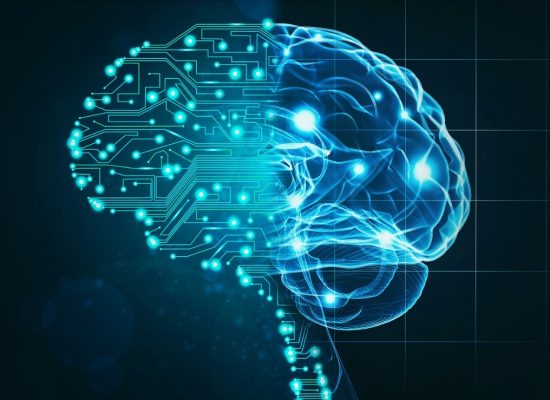
3 Common Misconceptions about Intelligent Automation
Intelligent Automation is poised to become the next phase of digital acceleration for businesses at a time when many are looking to leverage the capabilities of a digital workforce.
While many are excited by the prospect, there is still confusion about precisely what Intelligent Automation is, how it works, and what this means for the traditional workforce we have today.
In this blog post, we’ll be exploring these topics to understand the real value Intelligent Automation can bring to any business. So first off:
What exactly is Intelligent Automation, and how does it work?
Intelligent Automation (IA) is the technology used to streamline business processes, make complex decisions faster, empower rapid end-to-end automation, and accelerate digital transformation.
You may have heard the acronym “RPA” being floated around as a way for you to automate the mundane, repetitive tasks like report generating, invoice processing, and data entry. RPA allows you to free up your time for more valuable and meaningful work.
https://youtu.be/9TfTetyqFTs
While RPA excels in automating activities that require multiple repetitions of the same sequence, its most significant shortfall is that it doesn’t “learn” from its tasks. Typical automation executes a sequential list of user instructions, whether it be creating records, update databases, or sourcing leads from LinkedIn to add to your CRM platform.
Unless the user augments the instructions, a software bot will continue to operate as is, not allowing for adaptability. That’s where artificial intelligence comes in.

Source: Getty Images/iStockphoto
Artificial Intelligence (AI) adds the “cognitive” aspect to automation, allowing users to extend the horizons of business process automation by order of magnitude. It does this by combining the task execution of RPA with the machine learning and analytics capabilities of cognitive technologies, like computer vision and Natural Language Processing (NLP).
This unique combination allows users to automate more dynamic, end-to-end processes involving structured or unstructured data.
For example, take document management: one can use AI to parse, classify and understand meaning or sentiment (A process that would have previously required human intervention), and pass on the necessary action to an RPA bot for further processing. Through multiple iterations, the AI will learn each time and continue to improve until it reaches peak performance.
With that said, here are some of the common misconceptions people have about Intelligent Automation:
Misconception #1: Intelligent Automation will replace employees
More and more, employees are becoming increasingly concerned about their job security, particularly during such tumultuous times. With Intelligent Automation growing even more popular, those fears seem to have worsened. However, this could be far from the truth.
Although automation is becoming more intelligent, it doesn’t mean it will replace people.
On the contrary, Intelligent Automation relieves employees of monotonous tasks and gives them back valuable time.
In fact, according to a global Forbes Insight survey, 92 percent of organizations say their employees are significantly more satisfied with RPA because it makes them more efficient.
Misconception #2: Intelligent Automation is just another passing trend
This misconception has been one of the many phrases uttered by skeptics of this innovative technology that aren’t certain of its long-term viability.
However, this is far from the case, as is evident with its explosive growth with the global intelligent process automation market projected to reach $13.75 Billion by 2023. While IA is undoubtedly one of many tools in the automation toolbox, it is not one worth ignoring.
Misconception #3: Intelligent Automation is an unnecessary luxury in times of the COVID-19 Pandemic
Intelligent Automation is emerging as an essential enabler of cost optimization and business continuity during the COVID-19 crisis.
Contrary to the belief that Intelligent Automation is an unnecessary luxury when enterprises struggle with cash flow and uncertain economic conditions, Intelligent Automation can both generate revenue and reduce costs.
The crisis induced by Coronavirus has taught us that such technologies are recession-proof and are even essential for a business to answer the highs and lows, ups, and downs of the industrial ecosystem. In a nutshell, it a quintessential aspect of business continuity.
With the massive migration of people to a work-from-home model, Intelligent Automation helps improve customer interactions, analyze data more quickly, generate early warnings about upcoming disruptions, and automate decision-making processes.
If you’re one of many interested in finding out how you can leverage intelligent automation for your business, consider scheduling a free workflow assessment with us. Our team of dedicated IA experts is here to help!







